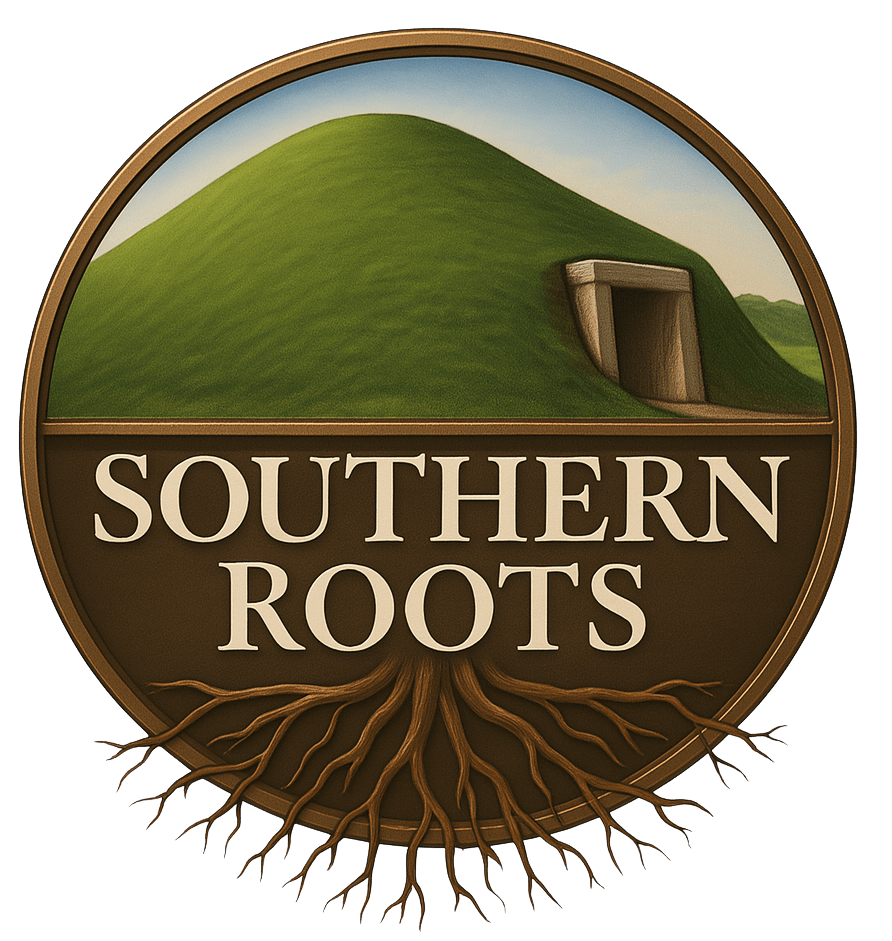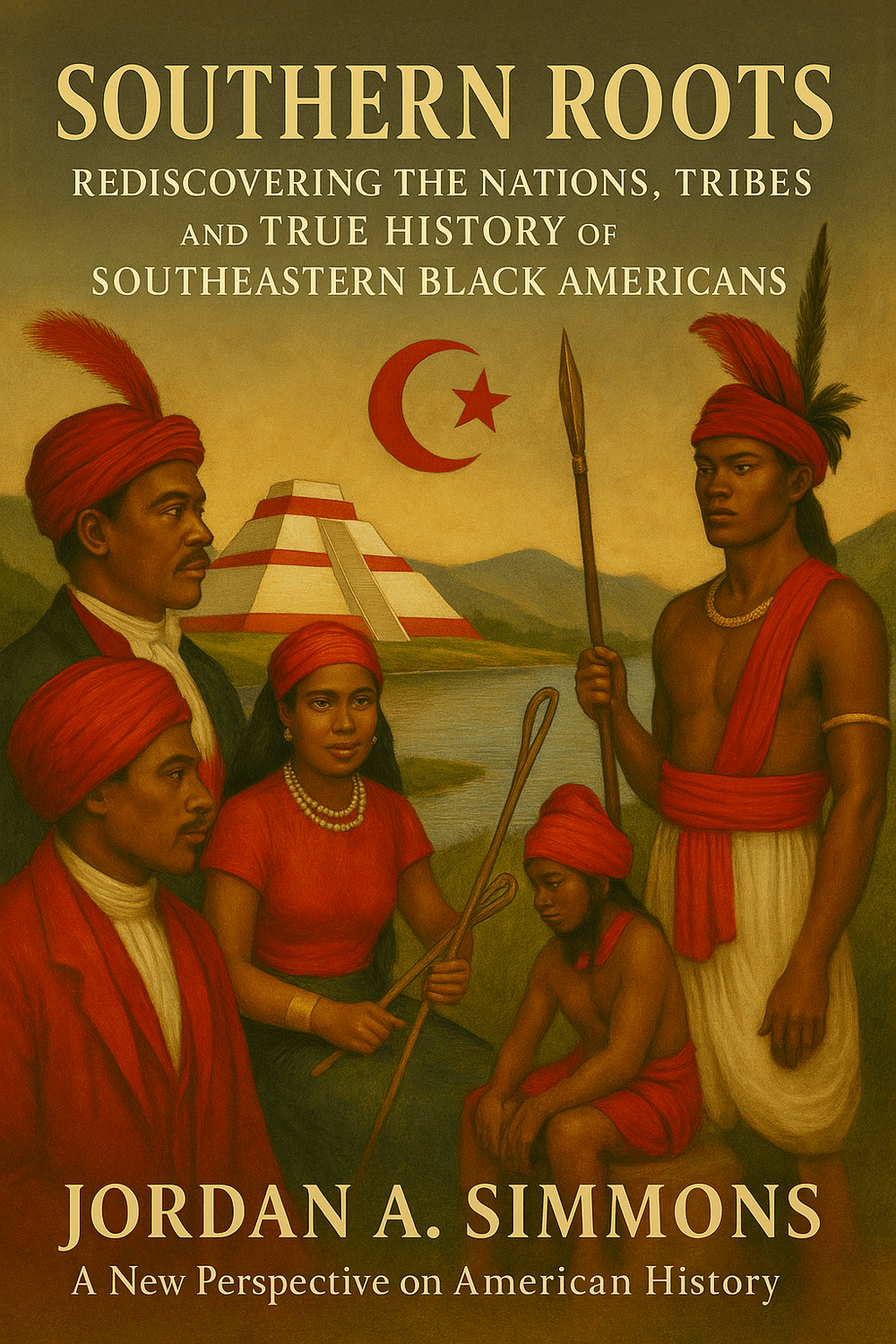The First Land to Rise: North America, the Mississippi, and the Ancient Memory of the South
What if the "New World" isn’t new at all? What if North America was the first land to rise from the waters, and the Mississippi River the first great artery of life?
The Oldest Land Beneath Our Feet
Science now confirms what the ancients once encoded in memory and myth: North America was the first continent to emerge from the primal sea. Beneath our feet lies the oldest exposed rock on Earth — the North American Craton — the geological root of North America. More than 600 million years old, it predates the rise of Africa and Asia. From this ancient stone rose the soil of the American Southeast: clay-rich, blood-red, and fertile with memory.
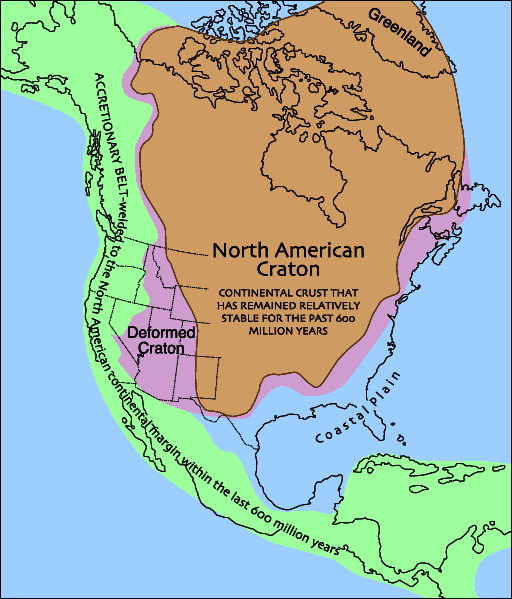
Figure 1: This map shows the ancient geological core of the continent — the North American Craton — which has remained stable for over 600 million years. Southeastern soil, including the Coastal Plain and Mississippi Valley, was formed from river-borne sediment laid atop this ancient foundation. These fertile floodplains, like those of the Nile, became the sacred homeland of the Southeastern nations. Source: U.S. National Park Service
The Mississippi: The First Great River
Flowing out of this deep geological root is the river the Anishinaabe called Misi-ziibi — the "Great River." The Mississippi is not merely a waterway; it is the lifeblood of the continent. Rising from the north and running like a serpent to the Gulf, it carved the oldest riverbed into the bones of the Laurentian Craton.
The word "Nile" comes from the Semitic root nahal, meaning simply "river." In Hebrew scripture, it was called yeor — the river. When we call the Mississippi the Nile, we are not naming by imitation but by identity. This river is the original function: the source of floodplain fertility, black soil, and sacred renewal.
The Mississippi carries with it the dark, rich earth called kemet — the same name used in ancient Egypt for the fertile black soil deposited by the Nile. That black soil spread across the Delta and southeastern lands, feeding temple towns, pyramids, and ceremonial fields of maize.
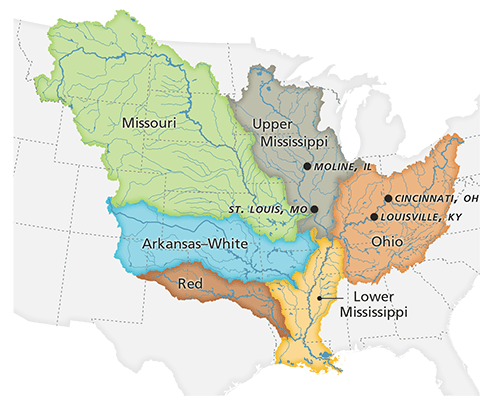
Figure 2: The Mississippi River spans almost the entire region of the North American Craton, the first land to rise from the deep. The fertile lands this river or Nile produces is “Egypt,” Kemet (fertile black land). The sediment that flowed from the Mississippi helped to form the coastal plains of Mississippi, Alabama, Georgia, and Florida.
The Sacred Soil: Red Clay and Black Earth
The land of the Southeast holds a visible memory in its soil. The red clay found throughout Georgia, especially in the Piedmont region, is rich in iron oxides and formed through the weathering of ancient igneous and metamorphic rocks that belong to Laurentia’s deep crust. This red soil is not just a regional quirk — it is the product of Earth’s oldest geological body.
From the Piedmont to the Fall Line and into the Coastal Plain, this red clay flows downhill, gradually giving way to sand, gravel, and ultimately the rich black alluvial soils of the Mississippi Delta. These black soils, like those of Kemet, are the end product of a sacred journey — born of ancient granite, carried by the Great River, and deposited in ceremonial floodplains.
Florida adds another layer to this story. Beneath its surface lies the ‘Florida Block,’ a fragment of Gondwana — the African supercontinent — whose basement rocks are nearly identical to those found in West Africa and Mauritania. When Gondwana collided with Laurentia to form Pangaea, this land was sutured onto the southeastern edge of North America. In essence, Florida did not separate from Africa — it carried Africa with it.
The Southeastern soil, from red clay to black earth, is therefore a union of two ancient worlds. The Mississippi is the vessel that unites them, moving memory from the Craton through the Piedmont and into the Delta. The soil itself is a sacred script: red with iron, black with fertility, and rooted in the oldest crust on Earth.
Florida: The African Memory Beneath American Soil
Florida began its life as part of Gondwana — the ancient supercontinent that included Africa. Beneath its sands lie fossil-rich basement rocks nearly identical to those in West Africa and Mauritania. Around 300 million years ago, these rocks were sutured onto the North American continent when Gondwana and Laurentia collided to form Pangaea.
Florida did not simply drift away from Africa. It carried Africa within it. The structure and memory of West Africa are encoded in the peninsula's crust. This Southeastern soil is not an accident of erosion. It is sacred sediment, laid down like a ceremonial cloth over the oldest land on Earth.
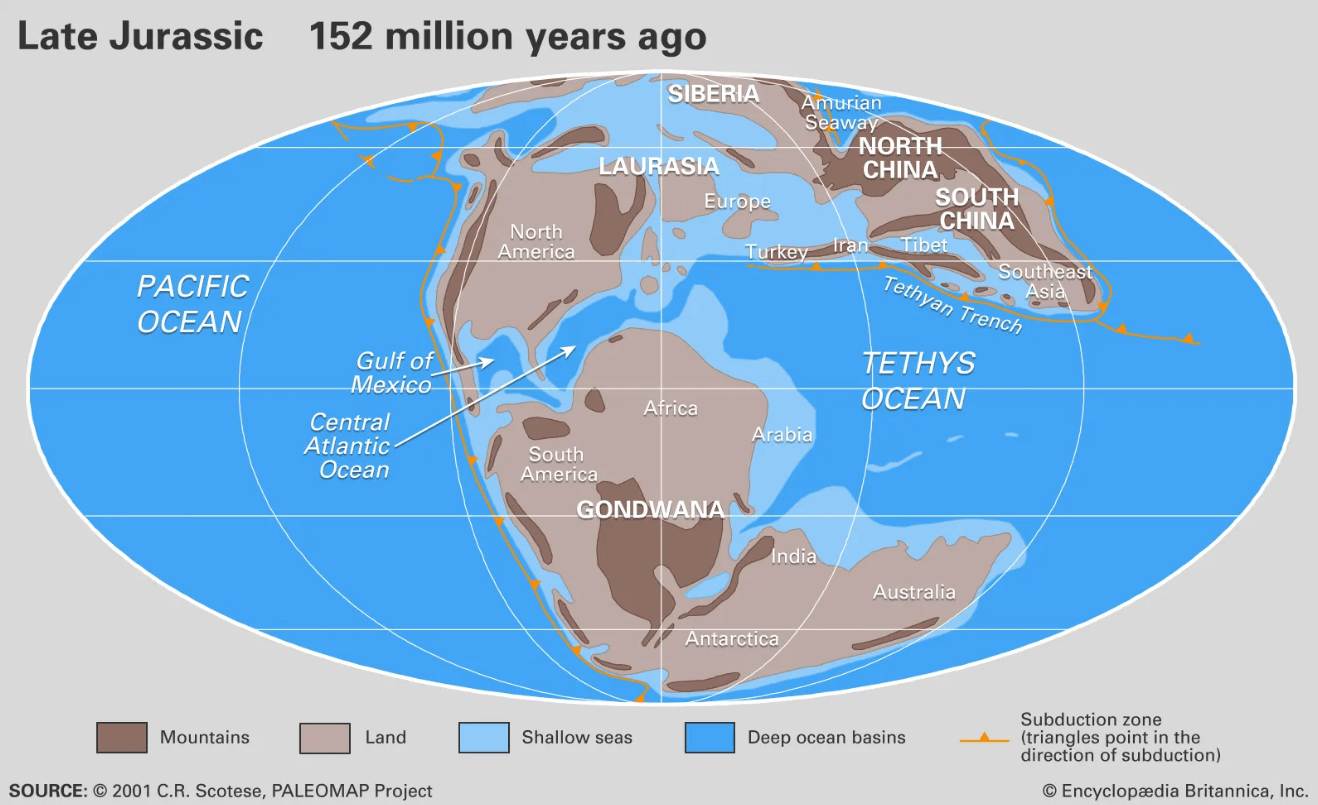
Figure 3: This paleomap illustrates the supercontinents Laurasia and Gondwana before their drift into modern continents. North America had already begun to separate from Africa, forming the Gulf of Mexico and shaping what would become the Southeastern Coastal Plain. This geological deep-time view affirms that the American South was never a “New World,” but an ancient land formed alongside the oldest civilizations of Earth. Source: C.R. Scotese, PALEOMAP Project, © 2001 Encyclopædia Britannica
Not Separate from Africa — But Born of It
The so-called "New World" carries the bones of the old. The American South is not geographically, culturally, or spiritually separate from Africa. It reflects it. It completes it. It preserves its ancient memory.
Why This Truth Matters Now
For generations, Black Americans in the South were told their story began in chains. That they came from somewhere else, with no memory, no land, and no name of their own. But the ground tells a different story. The soil we till, the rivers that shaped our nations, the red clay beneath our feet — all testify that we have always been here. Our roots are not foreign. They are foundational. Rediscovering this truth is not about pride — it's about reawakening memory.
As Louis Agassiz writes in Geological Sketches:
"Such, then, was the earliest American land, a long, narrow island, almost continental in its proportions... We may still walk along its ridge and know that we tread upon the ancient granite that first divided the waters into a northern and southern ocean... This is no romance, but the bald, simple truth." (Agassiz, p. 26)
And as New Light From the Great Pyramid proclaims:
"First-born among the continents... Hers was the first dry land lifted out of the waters... America already stretched in an unbroken line of land from Nova Scotia to the far West... That ancient America... was inhabited by the grand race of men whose deathless traces have been left upon the surface of the globe and among the stars of the sky." (Parsons, p. xi-xii)
Quote from Southern Roots: Rediscovering the Nations, Tribes, and True History of Southern Black Americans.
"The Southeastern soil; rich and red, is no accident of erosion. It was laid down like a sacred cloth upon the oldest foundation of the continent. In this sense, North America is not separate from North Africa; it reflects its geological origin." - pg. 2
This is the deeper root of American history. The Southeast is not a story of slavery alone, but of sacred soil and sovereign civilizations.
Discover the full story in Southern Roots: Rediscovering the Nations, Tribes, and True History of Southeastern Black Americans.
Let us know what you think in the comments!
